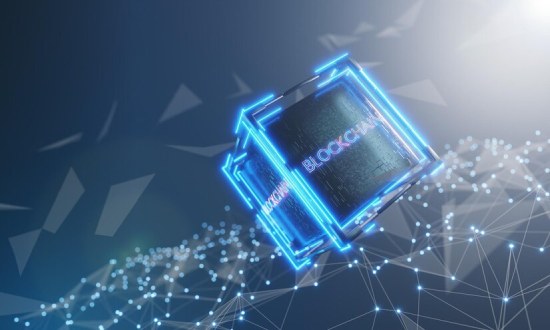Talent
Solidity attracts a broad developer base. Bootcamps and universities teach EVM concepts. Open repositories show production examples. Community forums answer common questions. Hiring managers can validate skills efficiently. Senior engineers can mentor quickly. Teams scale without severe bottlenecks.
Tools
Toolchains support the full lifecycle. Local environments simulate realistic networks. Test frameworks verify business rules. Linters and analyzers catch common mistakes. Gas and cost reports guide optimization choices. Explorer integrations prove deployments to users. CI pipelines automate builds and checks. Release discipline becomes repeatable and trusted.

 Blockchain Application Development
Blockchain Application Development
 Fintech Blockchain App Development
Fintech Blockchain App Development
 Hyperledger Application Development
Hyperledger Application Development
 STO Development Services Company
STO Development Services Company
 Exchange Development
Exchange Development
 Cryptocurrency Wallet Development
Cryptocurrency Wallet Development






